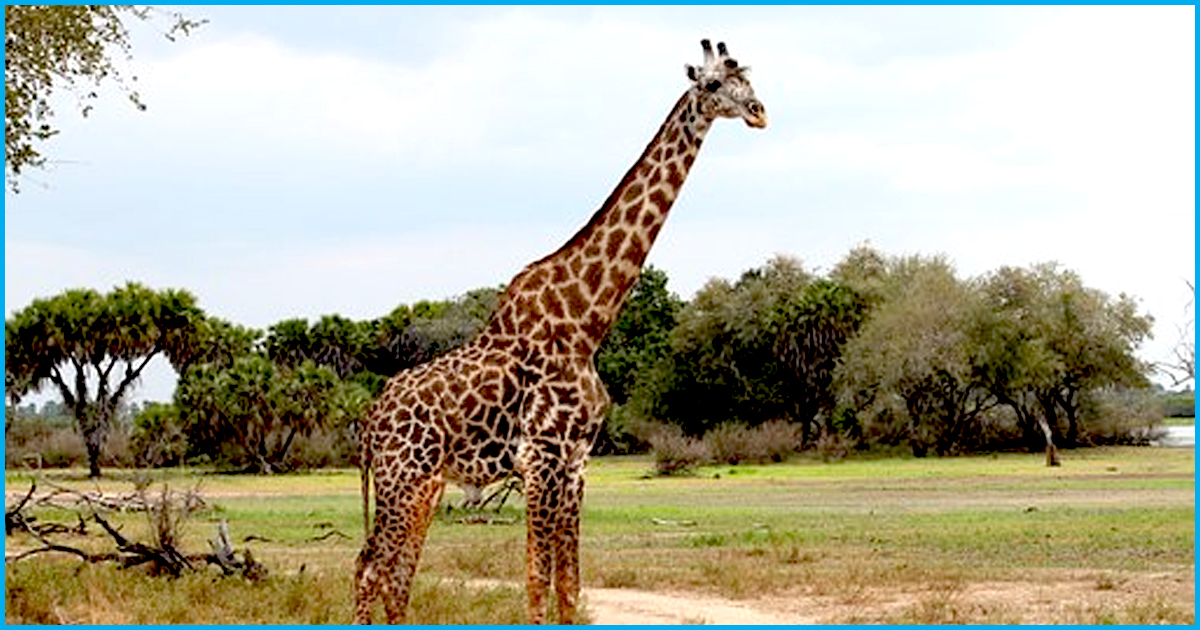Unfortunately, it is perhaps possible, that after a few years, we might not be able to find the world’s tallest land animal in zoos. While the government and media are too busy saving tigers and pangolins, giraffes are silently slipping towards the verge of extinction, thanks to urbanisation and illegal poaching.
For the first time, two subspecies of giraffes were recently added to the list of “critically endangered” animals. The updated red list of threatened species report by the International Union for Conservation of Nature (IUCN) shows that giraffe has been shifted to “least concern” to “vulnerable” slot, reported India Today. In short, giraffes are in “serious trouble”.
Species that need attention
According to New York Times report, there are nine subspecies of giraffe. Out of which, five are declining in number, one is stable, and the other two are improving.
The Kordofan giraffe and the Nubian giraffe found most commonly in the east, central and west Africa, are the two subspecies classified as “critically endangered”. Both are now in IUCN’s red list. Another subspecies, a Reticulated giraffe is listed as “endangered”, and other two has moved to “vulnerable” and “near threatened”.
The only subspecies of a giraffe whose number have stayed stable and have been listed as “least concern” is Angolan Giraffe, found mainly in Botswana, Namibia and Zimbabwe, reported UNILAD, a media platform.
Good news
While seven of the nine subspecies are now under threat of extinction, the West African and the Rothschild’s giraffe species have seen an upgrade in the status report. Reportedly, the number of West African giraffes has increased from 50 to 400 in just 28 years. The African government and conservation organisation working together under the guidance of Giraffe Conservation Foundation deserve appreciation for this improvement.
Giraffes were taken for granted, always been ignored
Giraffes have always been overlooked when it comes to conservation practices. IUCN’s red list released on December 8 was shocking as out of 85,604 species of giraffe, 24,307 are under threat of vanishing, reported Down to Earth.
Giraffes have already been extinct from seven countries including Eritrea, Guinea, Burkina Faso, Nigeria, Malawi, Mauritania, and Senegal.
Reportedly, the number of giraffes has declined up to 40 per cent over the years. In the last 31 years, the numbers have dropped from 157,000 in 1985 to 97,500 now.
Urbanisation is a major reason
With the rapidly growing cities, vital natural habitat is devastated and broken into small bits and pieces, not big enough to accommodate huge complex ecology. With increasing urbanisation and land taken over for agriculture and other purposes, we have left very little space for animals like giraffes to survive. Illegal hunting, poaching and civil unrest are some of the primary reasons that have dragged the world’s tallest land to this point.
Giraffes are also killed for their tails for dowry purpose as it is considered as a status symbol in some cultures. Giraffes are also hunted for their meat due to lack of food in villages.
The Logical Indian Take
Earth is currently facing an environmental crisis due to widespread loss of its biodiversity mainly because of climate change, habitat loss, illegal poaching and overexploitation of natural resources. According to the Guardian’s report, in the last 40 years, the earth has not only lost half of its wildlife but also, the number of animals living on land has been reduced by 40 per cent.
Today’s conservation schemes are based on past habitat loss and massive extinction threat. The schemes need to be designed in a way to predict wildlife pressure rather than trying to make up for the loss. The Logical Indian believes that government schemes and the conservation programs need to take immediate and continuous efforts towards wildlife protection- as timely conservation action is not just cheaper but also effective compared to the damage we try to fix.
Also Read: Half Of India’s Wildlife Is In Danger Of Extinction, Says Living Planet Report 2016











